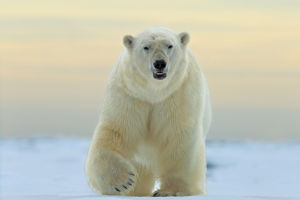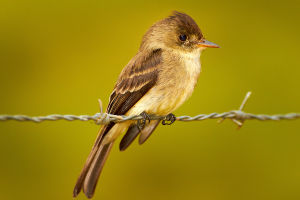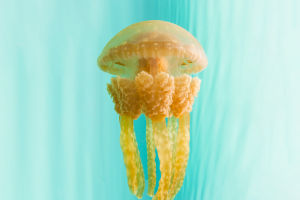Hi Lykkers! Penguins are among the most beloved and recognizable birds in the world.
Found primarily in the Southern Hemisphere, particularly in Antarctica, penguins are fascinating creatures that showcase incredible adaptations to their icy environments.
Adaptations to the Environment
Penguins have evolved several remarkable adaptations that enable them to thrive in cold, aquatic habitats. For instance, their thick layer of feathers provides insulation against the harsh cold of the Antarctic environment. The body shape of penguins is streamlined, which aids in efficient swimming. Their wings have evolved into flippers, helping propel them through the water with speed and agility.
Feeding Habits of Penguins
A penguin's diet primarily consists of fish, squid, and krill, depending on the species and habitat. Their feeding habits are highly adapted to the environment in which they live. Penguins are excellent divers, using their flippers to propel themselves underwater as they hunt for food. Some species can dive to impressive depths in search of prey, demonstrating their remarkable skills. Meanwhile, emperor penguins may dive alone to capture deeper prey, showcasing the diverse hunting styles within the penguin family.
Reproductive Behavior and Parenting
Penguins have unique reproductive cycles that contribute to their charm. Mating typically occurs during the breeding season, and many species engage in elaborate courtship rituals to attract partners. After mating, female penguins lay eggs, which they carefully incubate, often with the assistance of their partners. Mother penguins are known for their strong nurturing instincts. After the eggs hatch, parents take turns feeding their chicks and keeping them warm. This bonding period is crucial for the chicks' development, ensuring they learn how to thrive in the harsh conditions of their environment.
Conservation Challenges
Despite their charm and adaptability, penguins face numerous threats in their natural habitats. Climate change is one of the most significant challenges, as rising temperatures and melting ice disrupt their breeding and feeding grounds. The warming climate affects not only the availability of food but also the stability of their habitats.
Importance of Conservation Efforts
Numerous organizations and initiatives are dedicated to the conservation of penguins and their habitats. Establishing marine protected areas is a key strategy for safeguarding crucial feeding and breeding grounds. By limiting human activities that could negatively impact penguin populations, these areas help preserve their natural environments. Educating the public about the challenges penguins face is equally important. Awareness campaigns can inspire action and support for conservation efforts.
Penguins are remarkable animals that embody the beauty and fragility of the Southern Hemisphere's ecosystems. Their charming appearance, unique behaviors, and social structures make them a source of fascination for people worldwide. As learn more about these incredible birds, it becomes increasingly clear that protecting their habitats and ensuring their survival is vital. By supporting conservation efforts and advocating for the protection of penguins and their environments, it can help ensure that future generations continue to marvel at these enchanting creatures.


